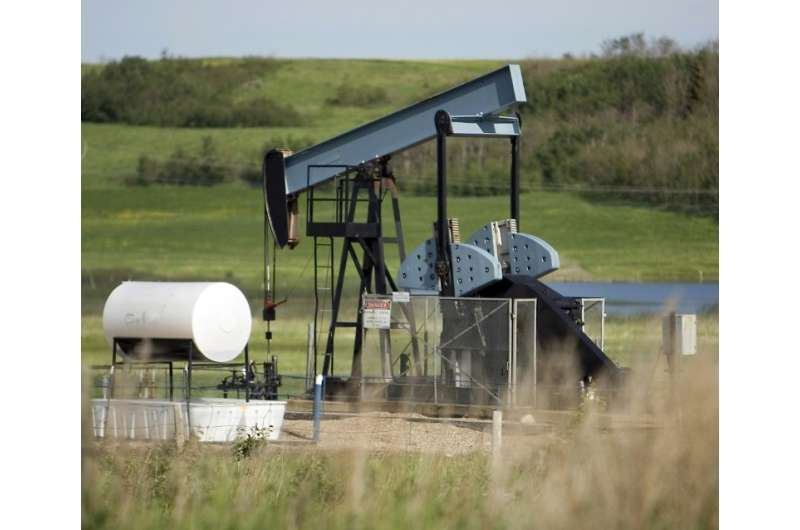Canada oil sector faces 'significant challenges' to reduce emissions

Canada's oil industry faces "significant challenges" in reducing greenhouse gas emissions, which account for 26 percent of local emissions, but cuts are "essential" for meeting climate agreement targets, the Senate said Friday.
The conclusion of the Senate report echoed others published by it and the auditor general, which have been critical of Canada's efforts to meet its Paris climate agreement target of slashing carbon dioxide emissions by 30 percent compared with 2005 levels by 2030.
"The biggest challenges facing the industry will be to remain competitive and to encourage investment while facing increasingly tough emissions-reduction requirements," said the report.
The oil and gas sector employed 700,000 people directly and indirectly, and accounted for 7.7 percent of Canada's gross domestic product in 2015, equivalent to Can$142 billion in economic activity.
The Senate committee studying Canada's transition to a low-carbon economy noted that the oil and gas sector released 189 megatonnes of carbon dioxide equivalents in 2015.
Under current projections, Canada is on track to emit 722 megatonnes of carbon dioxide equivalent per year by 2030—far more than its target of 523 megatonnes.
The Senate cited a September 2017 auditor general's report that slammed years of inertia for leaving the nation vulnerable to climate change, saying: "Canada has failed to achieve every emission target it has set since 1992."
These included reducing emissions to 1990 levels by 2000 (Rio Earth summit), six percent below 1990 levels by 2012 (Kyoto Protocol), and 17 percent below 2005 levels by 2020 (Copenhagen Accord).
At the same time, temperatures in Canada have risen at approximately double the global rate, resulting in the loss of Arctic sea ice and permafrost, affecting wildlife and ecosystems.
Ottawa unveiled a plan last year to backstop regional measures to cut greenhouse gas emissions with a national carbon tax.
It set a minimum carbon price starting this year at Can$10 per tonne and rising each year to a maximum of Can$50 in 2022.
Currently four provinces—Alberta, British Columbia, Ontario and Quebec—representing more than 80 percent of the population, have carbon pricing or cap-and-trade schemes. Almost all of the others have carbon pricing schemes in the works.
Ottawa would only step in to top up provincial efforts that do not meet the federal standard.
© 2018 AFP




















